Many African countries are struggling with the consequences of climate change and global warming: more frequent droughts. An innovative form of drought insurance has successfully completed its test run.
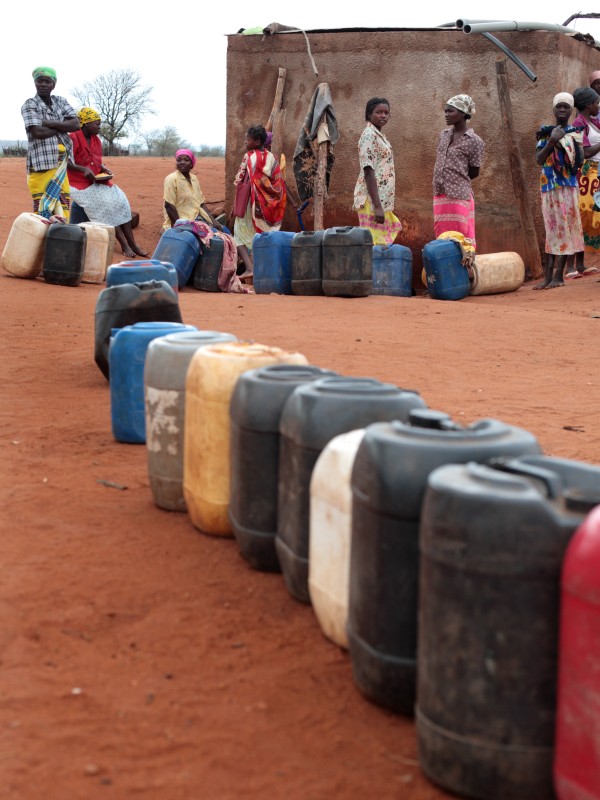
Precious resource
Rural populations suffer most from an extreme drought. Within only a few months, water reserves are exhausted.
For Goodall Gondwe, Malawi's Minister for Finance, Economic Planning and Development, the 14th of November 2016 was an important day. The African Risk Capacity, an initiative of the African Union created for the purpose of protecting against climate catastrophes, announced it was disbursing 8.1 million US dollars to the southeast African country. For Malawi – one of the poorest countries in the world and struggling with the consequences of a drought – this was a momentous decision. The government would now be able to help "millions of affected households".
For Africa it is a whole new concept that, in the event of a drought, a country would no longer be solely at the mercy of charity and solidarity from international aid organisations and friendly nations, but instead is able to request compensation from an insurance company from which it has purchased catastrophic insurance. For Alagie Federa, Director for Development Planning at the Ministry of Finance and Economic Affairs in Gambia, the founding of the ARC Agency in 2012 and the ARC Insurance Company in the following year took on a historic dimension. As a result of these developments, African countries would no longer respond to droughts in a purely reactive manner, but rather proactively from now on.
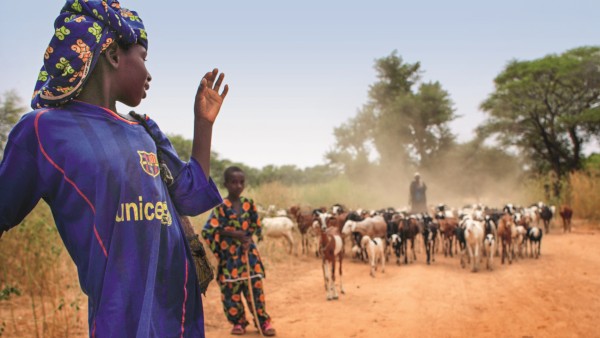
Consequences of a drought
To survive, small farmers are forced to slaughter their livestock and sell of their possessions.
So far, Malawi, Senegal, Mauritania and Niger have benefited from payments issued from the new insurance. A total of more than 34 million US dollars has flowed to the policy holders. Depending on the emergency plan, which is coordinated before the onset of a catastrophe between the ARC representatives and national governments, the affected people receive food, but also feed for animals or cash to purchase basic necessities. According to estimates, 2.1 million people have already been supported, along with the rescue of more than 500,000 animals.
Developing countries suffer inordinately from the consequences of climate change and global warming. Extreme weather events such as droughts force them to take action more frequently than industrialised countries in the northern hemisphere. Because of their limited economic potential and lack of resources, they rely heavily on support. For this reason, KfW Development Bank, together with the British Department for International Development, the ARC Agency and several African countries, have paved the way for the world's first drought insurance. "The political will was certainly there in the countries frequently confronted by drought," explained Marc Engelhardt, Director for Development and Sector Policy at KfW Development Bank. "The only things missing were the necessary structures and the start-up capital."
AFD
The Agence Française de Développement (AFD) is the French development bank and an important partner of KfW in Financial Cooperation. By 2019 more than 100 joint projects had already been implemented. Both banks belong to the IDFC network of development banks.
On behalf of the Federal Ministry for Economic Cooperation and Development, KfW has earmarked 92.2 million euros for the creation of such an insurance scheme and plans to be involved in the project for 20 years, after which it will pull out. By that time at the latest, the African insurance company should have enough available capital and be able to function without international assistance. The Agence Française de Développement also supports the project.
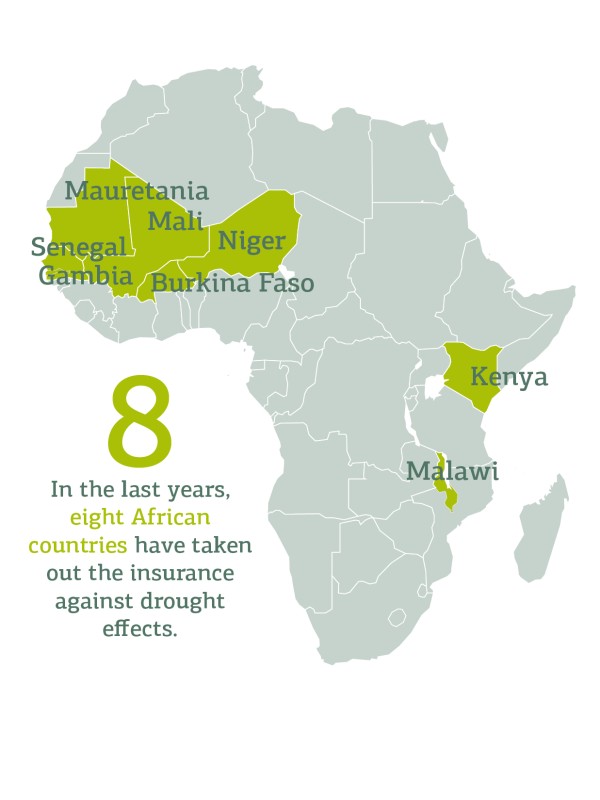
Rural populations suffer most during an extreme drought. Within only a few months, the reserves of small farmers are exhausted, forcing them to slaughter their livestock and sell off their possessions. Drought insurance is designed to prevent this by expanding on the existing forms of emergency drought assistance. It helps to bridge the gap during critical months, until international emergency aid becomes available.
Two satellites in space continuously measure how much rainfall occurs in specific regions. The measurements are used to forecast crop and feed shortfalls more quickly than was previously possible. On top of this come the emergency plans developed by the countries, which have already been set up to clearly regulate the liabilities and how the insurance benefits are applied. Engelhardt noted that, "While classical emergency relief generally becomes available only after seven to nine months following the onset of a drought, the ARC Insurance Company can generally respond much more quickly to provide the population with assistance." The consequential damages of a drought can thereby be significantly lessened.
"We have already had many good experiences with the mechanism in the first few years," said Susanne Feser, Project Manager in the Insurance Task Force of KfW Development Bank. "The insights we gained then will help us to achieve better outcomes in the future. However, this does not mean that everything always worked perfectly." In Malawi, for example, the ARC initially had not assumed so many people would be affected by a drought. It was not realised locally that many farmers had planted a different type of corn that year. This lead to erroneous details being entered into the insurance risk model. ARC Board Chairperson Dr Lars Thunell noted the consequences: "The case of Malawi showed how necessary it is to pay more attention to the validation of national data for the model. The ability of the model to represent reality is dependent on the precision of the basic assumptions and data."
The ARC thus works continuously to improve the available insurance policies. In the current insurance year 2017/18, it is possible for the first time to conclude an insurance policy, for example, on two different target dates. This allows the use of more precise data and assumptions in the insurance model.
The ARC still needs to publicise the insurance. For the current insurance year, up to seven contract conclusions are expected. In the best case, this would denote as many insured parties as there were in the second year after starting the program. The reasons for this are manifold. Firstly, not every African country needs to be wary of droughts. And no less important is the fact that insurance is often considered a luxury in African countries. Many economically weak countries have a hard time coming up with the premiums. Politicians will also consider whether it is more important to insure a country against a catastrophe that may very well not happen, or to take that money and distribute it directly to those in need.
SOURCE
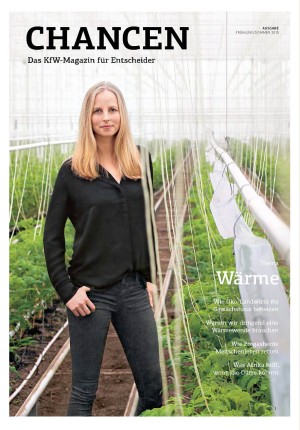
This article was published in the 2015 spring/summer edition of CHANCEN under the title “Heat”. The text was updated in September 2017.
To German editionIf a catastrophe does occur, it is obvious that each dollar would have been properly invested. Since the offer has been available, approximately 53 million US dollars have been paid in insurance premiums. If droughts had occurred, this amount would have paid out more than 400 million US dollars in insurance benefits. By reinsuring itself, the ARC distributes a portion of its risk to the international insurance market. Private risk capital is thereby made available to hedge the drought risk of African countries.
According to KfW Project Manager Feser, the ARC is working on new products in order to attract more customers to the insurance. Talks are underway to expand protection in order to include the consequences of tornados and floods. Furthermore, discussions with the African Development Bank are considering whether and how less productive countries can be supported in paying their insurance premiums. Another aspect is the introduction of a so-called replica concept, which in 2018 will already offer additional incentives to use a country's own resources as provision against catastrophes. As part of such a concept, if a country takes out a drought insurance policy, an international emergency aid organisation would take out an additional policy to the benefit of that country. In the event of a drought catastrophe, the aid organisation can offer additional aid from the insurance payments that will be made to it. The overall insurance benefits would therefore be significantly higher.
The described project contributes to the following United Nationsʼ Sustainable Development Goals
Goal 2: Zero hunger
Today, 795 million people still go hungry, and two billion people are malnourished. Hunger is not only the most significant health risk, it is also one of the greatest barriers to development. It contributes to flight and displacement and fosters hopelessness and violence. Today, the world produces enough food to ensure sufficient nutrition for everyone. However, due to insufficient infrastructure, trade barriers and armed conflicts, not all people have equal access to food.

All United Nations member states adopted the 2030 Agenda in 2015. At its heart is a list of 17 goals for sustainable development, known as the Sustainable Development Goals (SDGs). Our world should become a place where people are able to live in peace with each other in ways that are ecologically compatible, socially just, and economically effective.
Published on KfW Stories: 21 March 2017, last updated 7 September 2017.

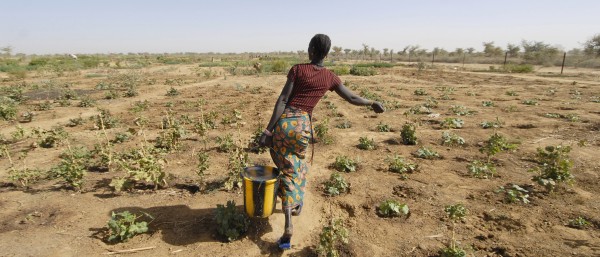
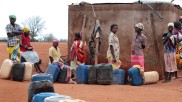
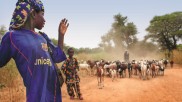
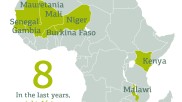
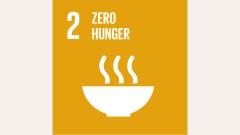
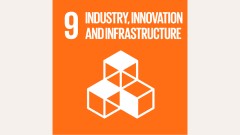
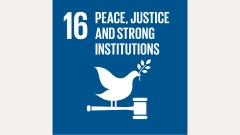

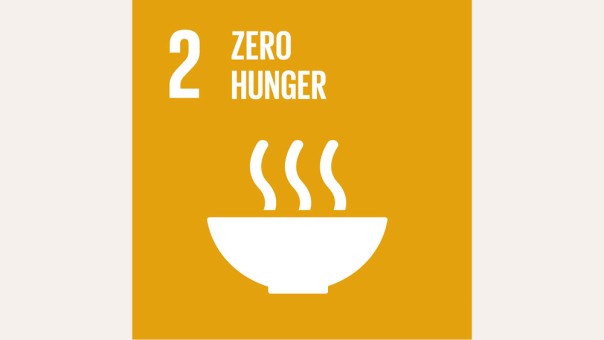
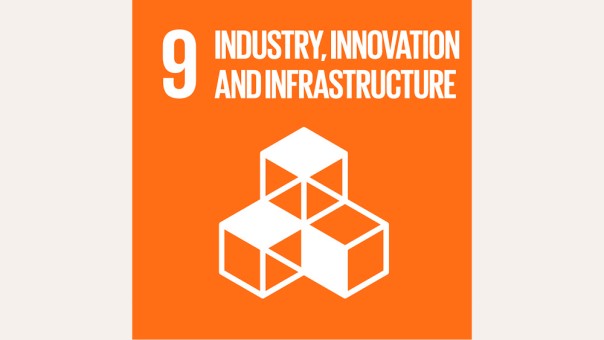
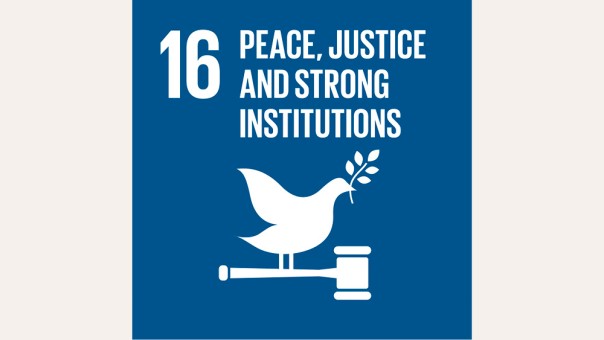

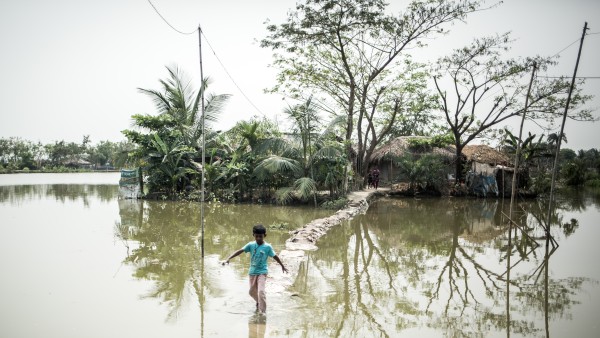
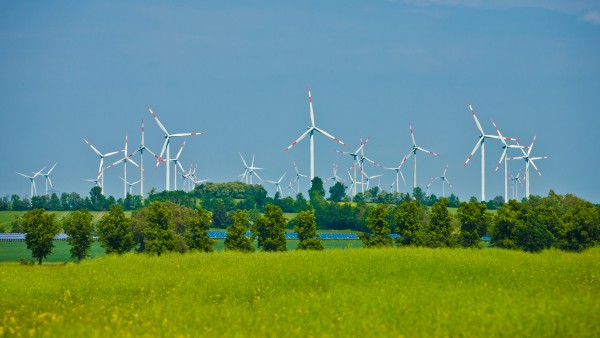

Data protection principles
If you click on one of the following icons, your data will be sent to the corresponding social network.
Privacy information